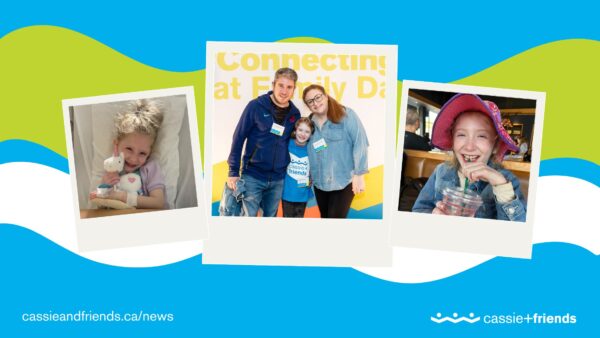
Radiant Resilience: Isla the JDM Warrior
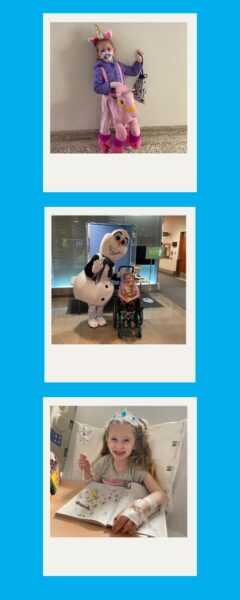
It was fall of 2021 and Isla was 6 years old. Her life was pretty much centred around her unwavering excitement for Halloween and being able to wear her unicorn costume to go trick-or-treating with her best friend, Alice. Over the month of October, we started to notice that she was slowing down a bit. She would walk really slowly, complain that she wasn’t able to keep up with her class at gym, and she would make comments about her back and her knees hurting. We, of course, brushed this off as typical 6-year-old behaviour and thought she was just being lazy or didn’t enjoy gym class and wasn’t willing to put in the effort. And as for her back and knees, well those were things she had heard us complaining about and was just repeating, as kids do. To be honest, we were more frustrated than we were concerned that something was actually wrong. Something that I now carry with me as one of my biggest regrets.
By the time Halloween came, Isla was still excited but more than anything just seemed exhausted. When we went out trick-or-treating, she got to the first house with a couple of steps leading up to the front door and said she didn’t want to do it. She wanted to go home. We had been out for a total of 10 minutes. That’s when we couldn’t deny that something bigger was going on. The next day I made an appointment with our family doctor, who fit us in that afternoon. When I went to pick her up from school, she barely had the energy to make it to the car parked out front. I was so worried and confused about what could possibly be going on that in preparation for the appointment I made a list of everything I had noticed that seemed the slightest bit off to me: Her rash on her face that was probably from constant masking; her red and irritated cuticles that were likely from the extra hand washing and sanitizing; the complaints about her back, etc. The doctor was amazing and listened to her describe what she was feeling. He took pictures of her face and her hands. He sent us for some bloodwork and referred us to a pediatrician who may have more insight into what was going on. I immediately took Isla to get the bloodwork done and then whisked her off to Toys R Us as a way of hopefully turning this into a less traumatic experience.
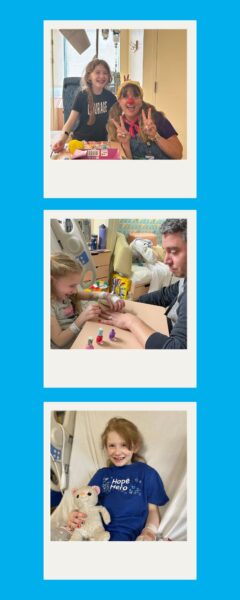
By the time we got to the toy store, Isla was barely able to walk. I had to help my previously fully capable child lift herself in and out of the car. That night, things began to worsen and we decided we weren’t comfortable waiting to see a pediatrician. In the morning, I rushed her into the Emergency Room at SickKids. By that point she wasn’t walking at all. Her blood work had come back and showed that her CK values were in the thousands (the normal range is 80-230). This indicated severe muscle breakdown. Before we knew it, the rheumatology team was in the room with us explaining that she very likely had an exceptionally rare disease called Juvenile Dermatomyositis (JDM) and they would like to admit her to do more testing and come up with a treatment plan. JDM is a very rare autoimmune disease that affects 3 in 1 million children. The body’s immune system attacks its own cells and tissue, resulting in severe muscle weakness/breakdown and skin rash. There is currently no known cure and the treatment is typically harsh immunosuppressant therapies, borrowed from childhood cancer treatments.
“Being brave does not mean that you aren’t scared to do something.
Bravery is when you do it anyway, even though you’re scared. “
Looking back and having heard the diagnosis stories of other JDM warriors, I realize we were incredibly lucky to be diagnosed as quickly as we were. Because this disease is so rare, most medical professionals don’t know about it and it can typically take months of outpatient testing and back-and-forth doctor visits before a formal diagnosis. I couldn’t help but feel like someone, somewhere, was looking out for my baby. I had never been more grateful to live in Toronto where we have this amazing hospital at our doorstep and they just so happen to have a world-class specialized clinic for my child’s ultra-rare disease.
The next few months were challenging. Looking back, I’m honestly not sure how we got through them. Isla was in SickKids for a month while we struggled to get things under control for her. Then we were sent to Holland-Bloorview Rehabilitation Hospital where Isla spent the next 2 months learning to walk again and regain other functional abilities that this disease had stolen from her.
Today, Isla is doing very well on her current treatment plan. This includes daily medication and monthly trips to SickKids where she receives Gamma infusions that we affectionately refer to as “recharging her battery”. One of the biggest challenges with JDM is that it is photosensitive. This means Isla must be diligent about sun exposure as it can trigger a flare at any time. Summers are particularly stressful because of the increased risk. Isla struggles seeing other kids her age have fun in tank tops and shorts when she is stuck in the shade in long sleeves, long pants, and a sun hat so large it could cast a shadow on Texas. But this kid is a warrior. She is honestly the bravest person I know, and I aspire to be more like her every day. We talk a lot about bravery and what it means. Isla will tell you “Being brave does not mean that you aren’t scared to do something. Bravery is when you do it anyway, even though you’re scared.”
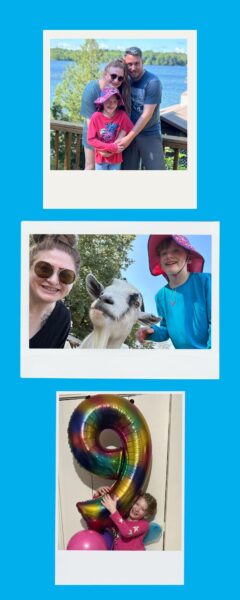
Over the years we have been able to connect with a couple of other families of kids with JDM. But that’s one of the hardest parts of super rare diseases – there aren’t a lot of other people going through what you’re going through. The few connections we have been able to make so far have meant so much to our whole family and we have Cassie + Friends to thank for that. Representation and connection play such a huge part as we work tirelessly in the JDM community to raise awareness and one day find a cure.
Thanks to our donors, Cassie + Friends is here to support families like Isla’s who are affected by childhood rheumatic diseases including JDM. To combat fear and isolation, we bring families together at our annual Family Day events to help them feel connected and supported, and make sure they have access to important information. Another way we help families is through our Cassie Cares program, which provides free access to medical equipment and other aids in partnership with pediatric rheumatology clinics. As kids with rheumatic conditions have an increased need for sun protection, one of those “aids” we offer is sunscreen, whose high cost can be a significant barrier for some families. Through these efforts, together we can create a brighter future for children with rheumatic diseases.
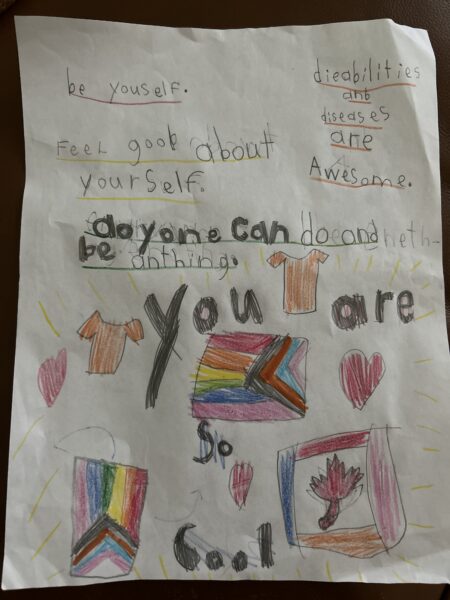
A message from Isla.
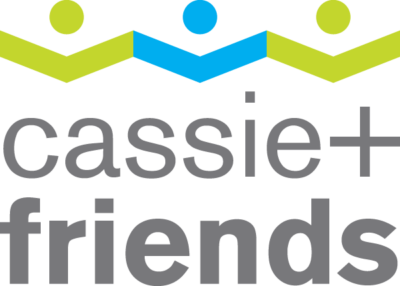
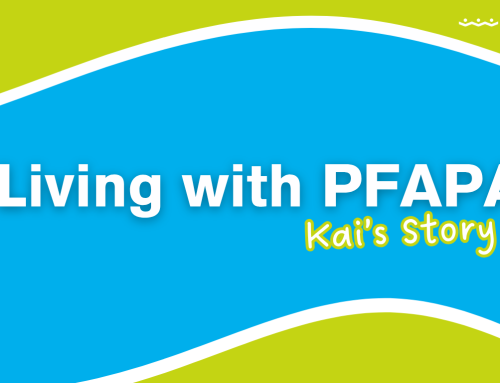
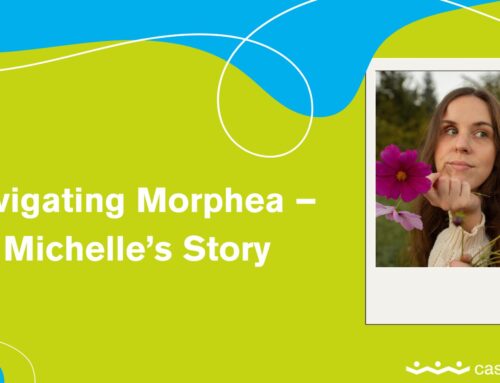
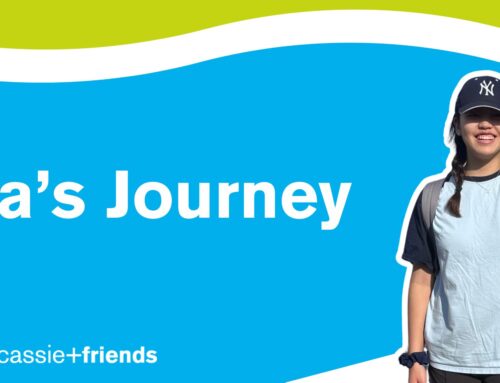
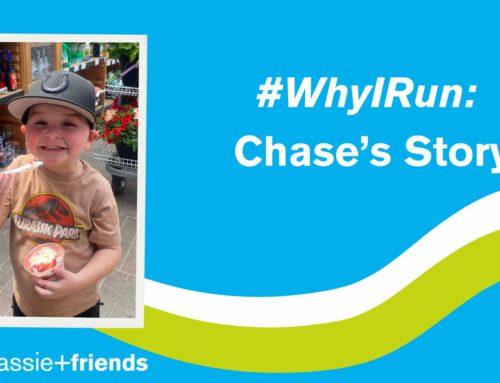
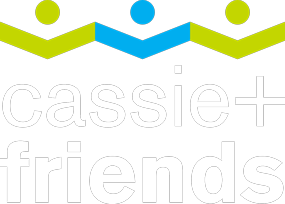



My 4 year old grand daughter was diagnosed with this disease in May! We are in Saskatchewan and struggled to get a diagnosis. She was in really bad shape by the time she was diagnosed! We really have nobody who knows anything about this disease however we were lucky enough that there was a pediatrician rheumatologist on call who is from Toronto she is the one who saved our baby’s life and we will be forever greatful to dr rosenbloom. Your story sounds very similar to ours although we took awhile to get diagnosed